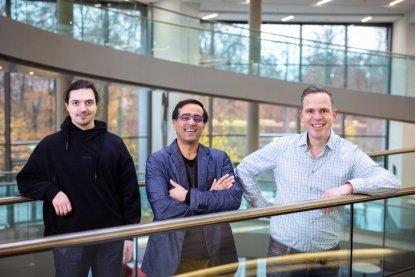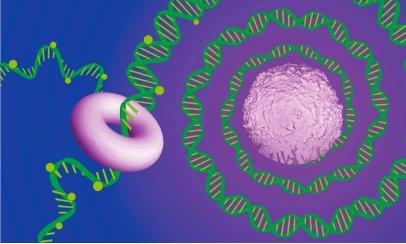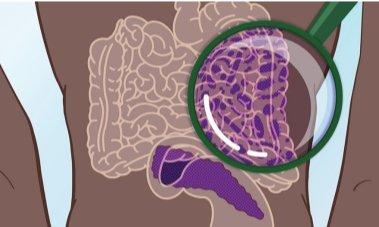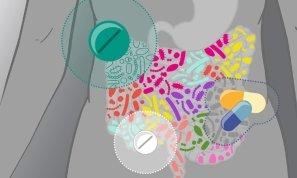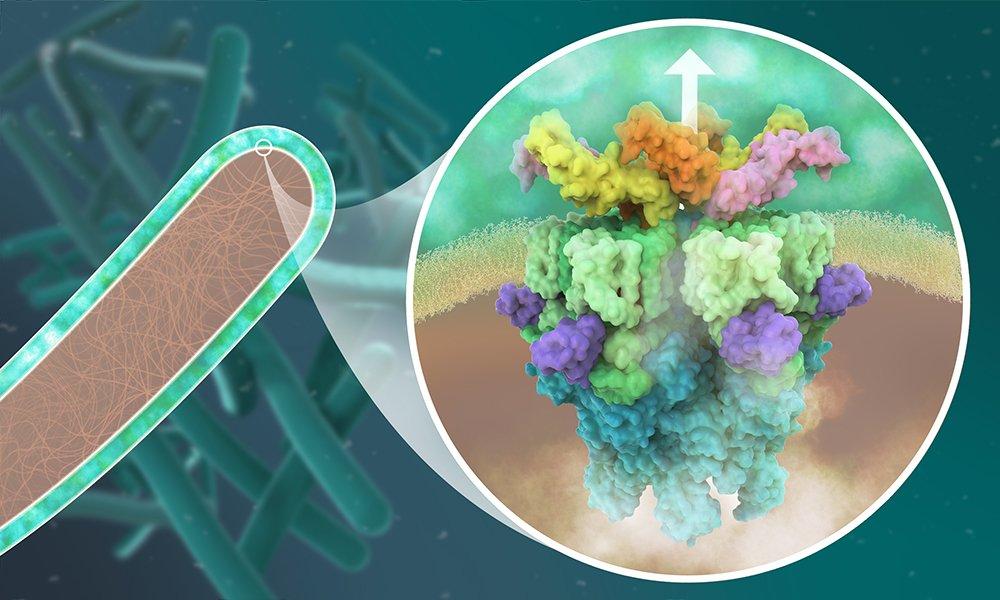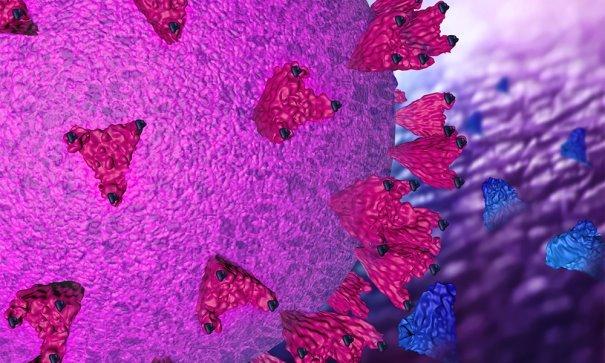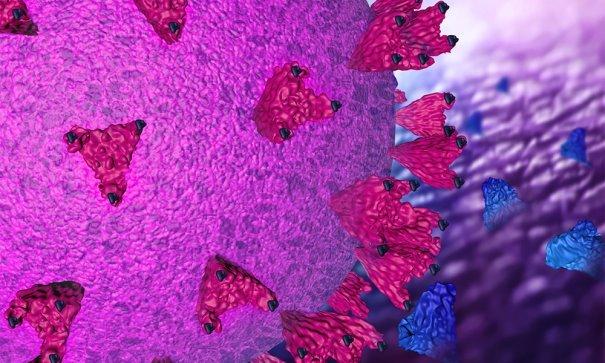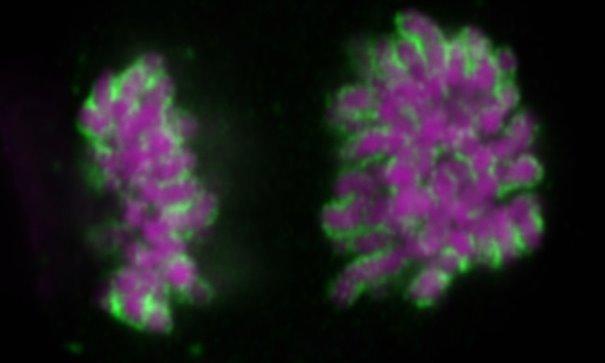Former EMBL staff scientist founds a start-up – DenovAI – for broader, faster and cheaper antibody discovery using advanced machine learning and computational biophysics Antibodies are an important tool in the human immune system’s arsenal against disease. They attach to bacteria, viruses, fungi, or toxins, marking them for destruction or removal from the body. It […]
continue reading